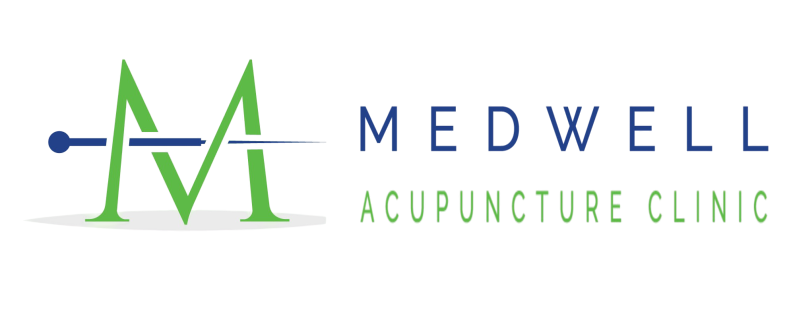The thoracic spine is a really important structure for oriental doctors who actually do Chuna therapy. Depending on whether the thoracic spine is corrected or not, there is a huge difference in the treatment rates of this person’s cervical and lumbar spine. Incheon Nonhyeon Chuna Therapy Oriental Clinic For example, in the case of the day neck of the cervical spine, only the cervical spine is corrected, but the date neck is not corrected. The straight neck of the cervical vertebra inevitably or sequentially has a round shoulder, and a curved back. The neck falls forward, because if the back is not bent, our body is out of balance. So, in order to balance our body, when the lordosis of the cervical vertebrae collapses, the lordosis of the thoracic vertebrae also collapses. Therefore, if you treat cervical vertebrae to treat a straight neck, of course, you must also treat the curvature of the thoracic spine to prevent the cervical spine from becoming a straight neck. This principle is the same with the lumbar spine. When the thoracic vertebrae collapse, the lumbar lordosis also collapses, and the pelvis lordosis also collapses. Therefore, it can be said that holding the thoracic and pelvis when treating the lumbar spine is the basic of the basics. So, when distinguishing between an oriental doctor who is good at chuna therapy and an oriental doctor who cannot, the point is how does this person correct the thoracic spine.
The thoracic spine is basically made up of 12 bones. The normal curve is kyphosis kyposis. It means that it is convex back. As explained above by Incheon Nonhyeon Chuna Therapy Oriental Clinic, the characteristic of the thoracic bone is that the ribs are attached. The thoracic vertebrae and ribs form a joint in two places, and they are attached to the ribs in two places, the thoracic vertebrae and the transverse process. So, it can be said that the connection between the thoracic vertebrae and the ribs is quite tight. The thoracic nerves branched from the thoracic nerves T1 to T12 from the pleural effusion, and the autonomic ganglia are distributed on the sides of the thoracic spine. Incheon Nonhyeon Dongchuna Therapy Oriental Clinic explained above, but the thoracic spine has a strong relationship with the ribs. By the way, as you know, the ribs are attached to the sternum in the abdomen. However, even in the case of ribs, not all ribs 1 to 12 are attached to the sternum. Because only 7 times are attached to the sternum, the ribs underneath it are often floating or unstable. So the thoracic vertebrae also have atypical vertebrae from T9 to T12. In particular, T12 is a part that forms a joint with the lumbar vertebrae, so it has the characteristic that it looks more like the lumbar vertebrae than the thoracic vertebrae.
If you sit in a crooked position, you will form a posture such as an omnidirectional shoulder or a rounded back, and this posture causes the thoracic spine to twist and bend. Since changes in the thoracic vertebrae can cause secondary changes in the cervical and lumbar vertebrae, Incheon Nonhyeonchuna Therapy Oriental Clinic always has a habit of checking the displacement of the thoracic vertebrae. In basic thoracic joint movement, flexion is 45 degrees, extension is 45 degrees, lateral flexion is 40 degrees and rotation is about 45 degrees. There are not many thoracic vertebrae due to the shape and angle of the posterior joint of the thoracic vertebrae, but movement is secured in various directions. In particular, in the case of rotation between the thoracic and lumbar spine, it can be said that about 70% of the thoracic lumbar rotation occurs in the thoracic spine because the lumbar spine has a small rotation angle. The axial rotation of the thoracic vertebrae is more than three times possible than the lumbar vertebrae in the shape of the posterior joint, but it can be said to be somewhat limited by the ribs. When the ribcage is lateral flexion, the opposite side of the lateral flexion is elevated and enlarged, and when extended, the entire ribcage is opened and enlarged. In general, T7 is known as the axial point of the thoracic spine rotation.
